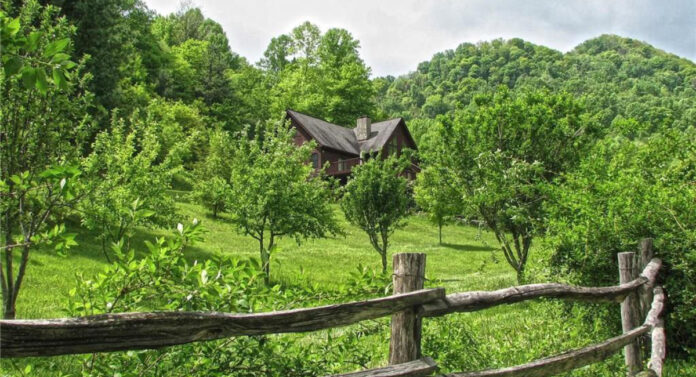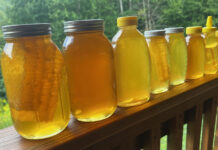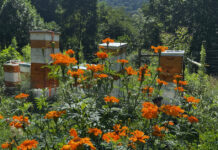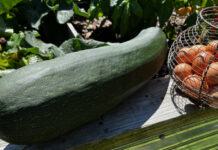It is just under three years since the founding of this blog (March 2020) and a bit over two years since moving to what we called our perfect prepper property (December 2020). Sounds like a good time to look back at what we’ve accomplished in that time and what lessons we’ve learned.
I started blogging to record what we did during the COVID-19 lockdown of 2020 because at the time it appeared COVID was a serious threat preppers and survivalist needed to worry about. (Ha!) The blog evolved as my life changed. The number of prepping articles, and occasional rants, has grown, but this blog still tracks our progress from living in the ex-burbs to moving to a homestead on the side of a mountain in the middle or nowhere.
One day we drove across town, signed the closing papers on our home of 20 years, got back into the truck and just kept going, driving from one interstate to the next, then to a state route leading to a county road, and eventually to our dirt road. We left our old life behind and started a new one, making a clean break. We also closed and sold an old family property that had served as our retreat.
In hindsight, we picked a good time to sell both our “city” house and the retreat, getting out near the top of the market. It was a turbulent time, and not all the complications we faced made it into the blog posts. It remains, however, a good example of “All is well that ends well.”
Getting Started
The first year on the ground here, 2021, was one of building infrastructure and starting up systems. We constructed the chicken coop, fenced the chicken run and garden, and assembled the first beehives. We improved the road, graveled the driveway, fought the weeds, and made room for small livestock. June of 2021 marked the arrival of our first bees and our first chicks, all within a week of each other. Surprisingly, both not only lived but thrived. We harvested our first honey in August and our first eggs a couple months later. In the year since, we’ve gotten better at homesteading and increased productivity. There’s still room to grow and expand, but we’ve picked the low-hanging fruit.
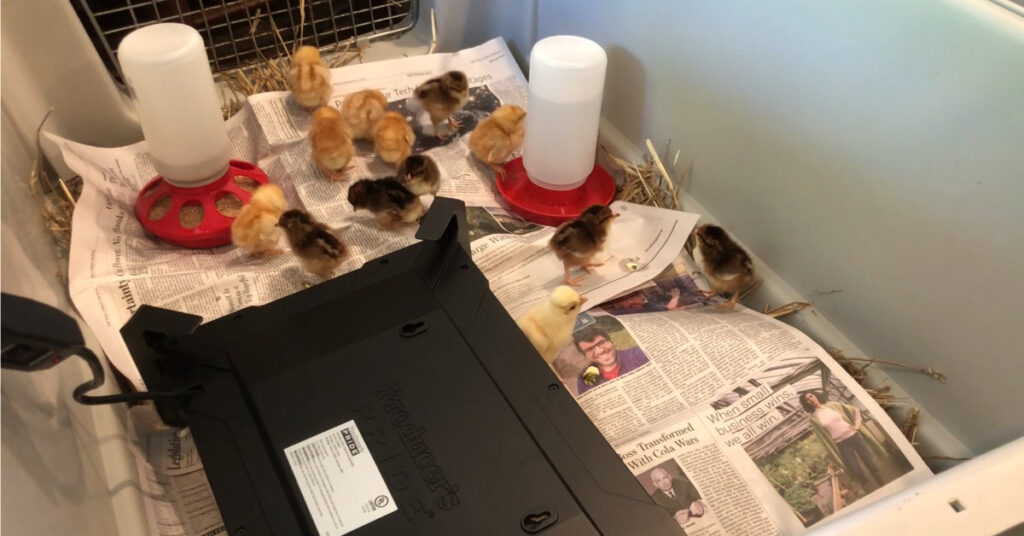
We fixed some obvious things about the house before we moved in, but we are still making repairs and addressing deficiencies, including the frozen water system we fixed in December. Some of problems were obvious before we moved in; others we only discovered after living here a while. I hope that 2023 will be the year in which we can sigh in relief and say we’ve addressed all the big problems.
There are still improvements we’d like to make, such as terracing the mountain to provide room for an orchard and more berries. These are in the “nice to do if we have the money” category rather than the “we must do this” class. I expect many of these projects will remain incomplete given the current economic situation. Still, we’ll tackle some of the smaller items, like building shelves in the garage, as we accumulate the funds.
So, what have we learned, and what can we share with you?
Lesson One: Prepping and Homesteading go Together
As a long time prepper who became a homesteader, let me assure you that the two lifestyles mix well. In fact, I am more convinced than ever that preppers who cannot raise their own food are at a decided disadvantage. I would recommend you prep and homestead, even if you have to homestead in the backyard of your suburban house.
I am well aware a disaster–anything from a nuclear war to a landslide–could kill our livestock or wipe out our garden, but that is no reason not to have them. If that happens, we’ll be eating our canned food, opening up our buckets, grinding our own grain, and planting our stored seeds. On the other side of that equation, however, there are plenty of slow moving long-term disasters in which we could consume all our stored food and end up hungry. Having stored food and growing fresh food is the best of both worlds.
Homesteaders are somewhat self-sufficient. Preppers want to be self-sufficient, so the two fit hand-in-glove. Homesteading also presents some possibilities for generating income or trade goods. There are markets for locally grown produce and canned products now and they may grow after the SHTF.
Want to force someone you love to become a prepper? Move them 35 minutes from the nearest grocery store and more than an hour from the closest shopping center. They will learn to live a more sustainable lifestyle just to survive.
Lesson Two: Don’t Wait to Get Started
I was at my peak physical fitness at age 30, and in hindsight regret I didn’t move to the mountains then. Homesteading is hard work, requires strength and endurance, and takes time and energy. You can do it in your 50s and beyond, but not as fast or as well. Power tools and heavy equipment help, but they cost money and do not completely eliminate muscle aches and pains.
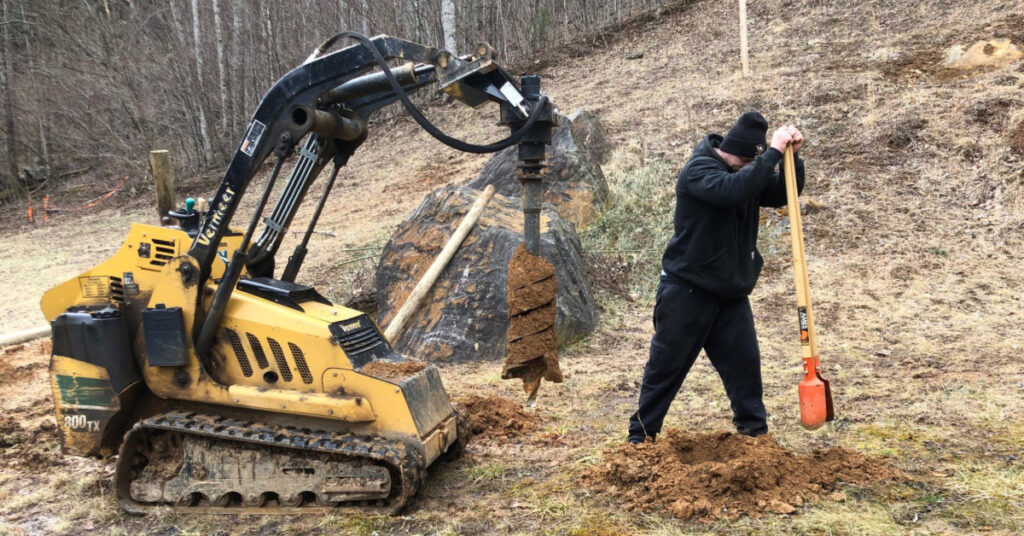
While I am more physically fit than I was when we moved here, regaining the strength and resiliency of age 30 is impossible. My knees and back are just not what they once were. I’m sure my heart and lung capacity was greater then, as well. I can still work hard, but if I work too long, I feel it the next day. If I work too hard too long, I can’t work the next day.
If your long-term plan is to move to the country to start a homestead or a farm, do it as soon as possible. The people who started this at a young age and worked the ground every day since are in better shape than folks like me who spent years indoors or at a desk and came to homesteading late.
Also, don’t expect to move to your new homestead and start getting eggs, fresh vegetables, fresh milk, and honey on day one. Unless you take over a functioning homestead, including the livestock, that just isn’t possible. If you are lucky, you may be able to use an existing garden (after you clear the weeds) or chicken coop, but chances are the fencing will be nonexistent or need improvement, it will take time to obtain animals, and most of your young livestock will have to grow up before they can produce or reproduce.
Lesson Three: Start Small and Build
That’s Ok, however, because there are benefits to starting small and making small mistakes. For example, I know a beekeeper who lost all 16 of their hives their first winter. Ouch! Better to learn that lesson with three hives. Enthusiasm doesn’t trump knowledge and experience, so don’t bite off more than you can chew. Fail small, fail cheap, and learn from your mistakes so you can win big later.
If your goats are going to escape, and they probably will, it’s easier to round up four or five than forty of fifty. Better to find those weak points in your fencing when you have a small herd. It’s also better to learn you would prefer sheep before you have invested in a large flock of goats and a goat shed.
Keep in mind that homesteading, by definition, is small scale and diversified. A farmer might have a large single-species herd and raise them for commercial purposes. A homesteader (and a prepper) want to be diversified for variety and to avoid having all their eggs in one basket because they are raising livestock for personal consumption. I’d rather start with a pregnant sow, two pregnant goats, a dozen chickens, and a three rabbits than twenty of any single animal.
Lesson 3.5 would be to be flexible and willing to change your plans. For example, we settled for land that wasn’t flat enough for ruminants, but in return we got gravity-fed spring water. Some things I’ve learned include not having too many roosters, don’t accept the free chick the hatchery will offer you if you are buying layers, and to have multiple redundant providers of feed and other important inputs.
Lesson Four: Homesteading Requires an Investment
In lesson two, I mentioned that homesteading takes time and energy. It also takes some start-up cash. If you don’t have much money, you accomplish much by investing your time and effort, but it will take longer. If money is no object, you can hire help, but no one can homestead for you. it is possible to work and homestead, but it is easier if you work at home or have a short commute.
Are there times I wish I had help? You bet. Did I get the job done anyhow? Yes, indeed. Did I try to bury 800 feet of pipe by hand? No way. Pick your battles. Have enough good judgment and know when you need to call a professional or ask a neighbor for help. Do what you can yourself and save your money for those big jobs or to rent heavy equipment.
Another advantage of doing something yourself means you know how to fix it, repair it, improve upon it, or expand it. For instance, when the flow through our kitchen sink faucet decreases, I know how to fix it because I installed it.
Often, the investment is an upfront one that pays dividends for years. For example, I don’t expect I will ever need to build a chicken coop again. I hope this year to reach the point where I never have to buy bees again because my bee yard is self-sustaining.
I’d recommend spending money on things that make you more efficient, like using drip hoses and electronic timers to keep you from carrying a watering can back and forth. Make every dollar count.
Lesson Five: Efficiency Matters
It might require thinking outside the box, but anything you can do to make your job easier and your tasks go faster means more time to accomplish something else. For example, I read of a woman complaining about how time consuming it was to raise chickens. Turns out she was out there monitoring the flock like a shepherd as they free ranged for three hours a day. Simple answer: get a guardian dog trained to protect the flock from predators. Cheaper answer: get more chickens than you need, including a tough rooster or two who will defend the hens, and be prepared to accept some losses.
As you become more experienced, you’ll become more practiced and efficient. For example, a new beekeeper might search for an hour to find the queen (it can be difficult) while an experienced one will find her in just minutes. An efficient beekeeper will see eggs on a frame, know that signifies a queen is present, and stop looking for her.
Sometimes, simple things like having a wagon or garden cart can make you more efficient. In some cases, a $50 or $80 tool will save you hours of work. (My air compressor and nail guns, for example, were worth every penny.) Many of the jobs here have required specialty tools I never conceived of when I lived near the city. If you ever think to yourself, “There’s gotta be a better way to do this,” there probably is. Ask at your local hardware tore, farm store or do some research online. You may find there’s a dedicated tool. For example, I did all my fencing work with standard pliers. If I were to do fencing on a regular basis, I would invest in a good pair of fencing pliers.
Don’t be afraid to watch professionals on YouTube. You may be able to pick up some tips that will save you time and money.
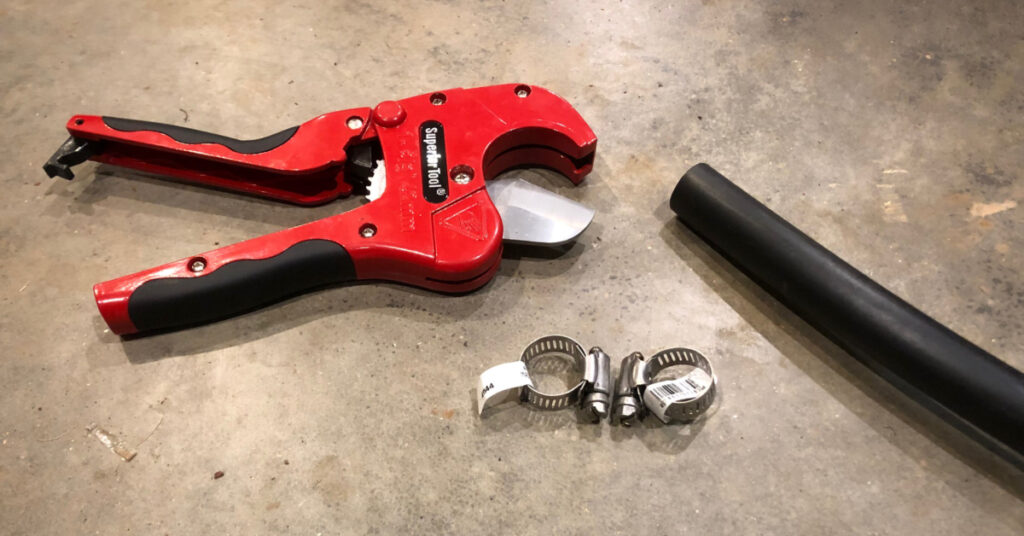
Lesson Six: Become Part of Your New Community
When you move from the city to the country, you will be an interloper. There are families in these mountains that have lived here for hundreds of years and have roads, cemeteries, and even neighborhoods named after them. Don’t bring your city attitude to the country because it won’t be welcome. Don’t tell a local what they are doing wrong and don’t brag about what you are doing right. Be patient, humble, and respectful. In time, you’ll fit in and make friends.
I wave to people when I drive by, I stop to ask people on the side of the road if they need help (we’re in the middle of nowhere and many areas don’t get a cell signal), and I shop locally. I also ask locals for advice and recommendations, and I find they are happy to give us advice.
When a neighbor calls me up and asks me if I can put on my bee suit and kill the wasps living under the seat of his tractor, I say “Sure, I’ll be right there,” and I don’t accept anything but thanks. I’ve driven neighbors home from the car repair shop and to and from doctor appointments. They’ve helped me out in turn. This is all part of being in a small, isolated community without services you find in the city. It takes some adjusting, but we moved because we wanted a change, so we embraced the change.
More to Come
We’re two years into this homesteading on the side of a mountain adventure, and much has gone right. What has gone wrong has been educational. There’s always more to do: more building, more planting, more harvesting, and more firewood to stack. More moving dirt and rocks, more climbing mountains and making caches. More chicks to raise and more beehives to build. Our story is still being written, and you’ll find updates here for the foreseeable future.
Why not make your own move? Why not live somewhere your friends what to bug out to? Make 2023 your year.

